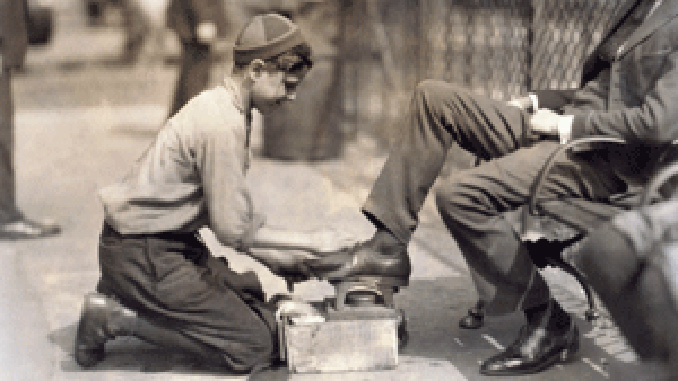
Making Ends Meet in 2025: Why Factoring May Be the Best Home Business of the Decade
If you’re still struggling to make ends meet… you’re not alone. In fact, most Americans are.
According to updated research from the Federal Reserve Bank of San Francisco, the last of the pandemic-era savings—once estimated at over $2.1 trillion—have now been fully depleted. The rapid drawdown in savings has been accelerated by persistent inflation, higher interest rates, and rising costs for everything from groceries to gas to housing.
A recent report from PYMNTS.com and LendingClub (Q2 2025) shows that 63% of U.S. consumers now live paycheck to paycheck, including nearly 50% of those earning over $100,000 annually. Worse, a record number of households have tapped into their 401(k) accounts, drained personal savings, and leaned heavily on credit cards—pushing the average consumer into a state of negative financial velocity.
“More consumers now carry revolving credit card balances that exceed their total savings,” the study found, with balances averaging 157% of their available cash.
Are You Paying an Extra $700 a Month?
Even as inflation has cooled slightly compared to its 2022 peak, the damage is done.
According to updated data from the Joint Economic Committee Republicans, the average American household is still paying $694 more per month in 2025 to maintain the same standard of living as just a few years ago. Rent, food, insurance premiums, healthcare, and transportation costs have all surged. And although the pace of price increases has slowed, cumulative inflation has locked in much higher baseline costs—and wages have not kept up.
Economist Mark Zandi of Moody’s Analytics noted that even with cooling inflation, Americans are still paying $181 more per month in July 2025 than they were a year ago just to purchase the same basic goods and services.
In simple terms, the squeeze isn’t over—it’s just changed shape. Families are still stretched thin, and the middle class continues to feel weaker than ever.
Factoring Broker: A Recession-Proof Home Business
In the midst of this economic pressure cooker, one industry is not just surviving—it’s thriving.
The business of factoring and alternative commercial finance has always been known as recession-resistant. That’s because when banks say “no” to small businesses, factoring companies step in to say “yes”—advancing capital based on accounts receivable and business assets rather than credit scores or tax returns.
In today’s economy, banks are tightening. Traditional financing is harder to qualify for, and thousands of B2B businesses—from trucking companies to staffing firms to manufacturers—are being turned away from loans they need to survive.
That’s where factoring brokers step in. And it’s never been a better time to become one.
Brokers: The Time to Act Is Now
For experienced brokers already in the industry, now is the time to double your outreach. Make those calls, attend networking events, build LinkedIn connections, and let small business owners know that when their bank says no, you can help.
For new and aspiring entrepreneurs, the timing couldn’t be better. As an IACFB PAL Agent, you can get started with very low startup costs and begin building a home-based, recession-resistant business by connecting business owners to cash-flow solutions they desperately need.
Whether you’re looking for full-time self-employment or a part-time side income stream, factoring brokerage offers:
- ✅ Residual commission income
- ✅ Flexible hours and location
- ✅ Low startup and training costs
- ✅ A market that’s growing in hard times
Still reaping the results “Bidenomics” age, many families are watching their savings disappear and their financial stability erode. But for those with an entrepreneurial spirit, factoring represents a rare kind of opportunity: a business that booms during bad times.
So if you’re ready to fight back against inflation, stagnating wages, and shrinking opportunities, take a serious look at factoring brokerage. The need is real, the market is growing, and the timing has never been better.
Learn more about becoming a Sponsored Agent at IACFB and start building a home business that’s ready to grow—no matter what the economy throws your way.
 Interested in more articles like this? Then join of Factoring Brokers Group at IACF on LinkedIn.
Interested in more articles like this? Then join of Factoring Brokers Group at IACF on LinkedIn.

